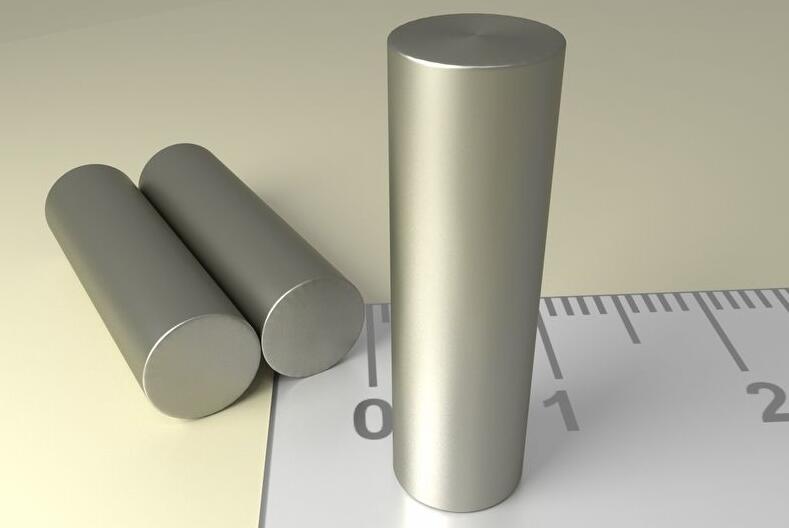How Are Samarium Cobalt Magnets Made?
Samarium cobalt magnets are rare earth magnets with high magnetic energy products and extremely low temperature coefficients. Its maximum operating temperature can reach 350°C. When working at a temperature above 180℃, its maximum magnetic energy product (BHmax), coercivity, temperature stability, and chemical stability all exceed those of the NdFeB magnet. But how are samarium cobalt magnets made?
 How Are Samarium Cobalt Magnets Made?
How Are Samarium Cobalt Magnets Made?
There are several common manufacturing processes to produce samarium cobalt magnets. Typically, a method of reduction and melting is used, followed by a process of bonding or sintering raw materials to form the magnet.
Bonded Samarium Cobalt Magnets
Step 1 First of all, the raw materials needed to produce samarium cobalt magnets are heated and melted in an induction furnace filled with argon to form alloy materials.
Step 2 After that, the liquid alloy is poured into a mold and cooled with water to form ingots. Once the ingots are cooled, they are broken down, ground, and milled into fine particles.
Step 3 As an alternative to sintering, the alloy powder is mixed with a binding chemical like an epoxy resin, die pressed, and heated in the presence of an externally applied magnetic field to orientate the particles. As a consequence, most of the bonded samarium cobalt magnets are anisotropic but usually have a lower maximum energy value than that of sintered samarium cobalt magnets.
Step 4 Generally, bonded samarium cobalt magnets don't require any additional machining as they are pressed into their desired form. The last step is to coat the magnet if a coating is needed, and then magnetize it using an externally applied magnetic field.
Sintered Samarium Cobalt Magnets
The first two steps of manufacturing sintered samarium cobalt magnets are the same as the first two steps in manufacturing the bonded ones. The process differs in step three, where we will pick up here:
Step 3 In addition to using bonding chemicals to bond the alloy particles, the powder can also be pressed into a die and sintered at a temperature of up to 1250°C to fuse the powder into a solid. The sintered material is then given a solution treatment at a similar temperature, then tempered between 700°C and 900°C, and then cooled under an externally applied magnetic field.
Step 4 The final step in creating sintered samarium cobalt magnets is machining and grinding. Different from the bonded ones, they require a certain level of grinding and finishing and must be done with the water-cooled diamond-coated grinding machine because this material is very hard, brittle and the dust generated is extremely flammable. The formed magnet is then coated and magnetized.
The Application of Samarium Cobalt Magnets
As we've mentioned above, samarium cobalt magnets have a high magnetic energy product and extremely low-temperature coefficient, and its maximum working temperature can reach 350℃. Their maximum energy product (BHmax), coercivity, temperature stability, and chemical stability are all higher than those of neodymium-iron-boron permanent magnets. In addition, samarium cobalt magnets also have strong corrosion and oxidation resistance. Therefore, they are widely used in aerospace, defense, and military industry, microwave devices, communications, medical equipment, instruments, meters, various magnetic transmission devices, sensors, magnetic processors, motors, magnetic cranes, etc.
Conclusion
Thank you for reading our article and we hope it can help you find the answer to how are samarium cobalt magnets made. If you want to know more about SmCo magnets, we would like to advise you to visit Stanford Magnets for more information. As a leading magnet supplier across the world, Stanford Magnets has been involved in R&D, manufacturing, and sales of magnets since the 1990s. It provides customers with high-quality permanent magnets like SmCo magnets, neodymium magnets, AlNiCo magnets, and ferrite magnets (ceramic magnets) at a very competitive price.















